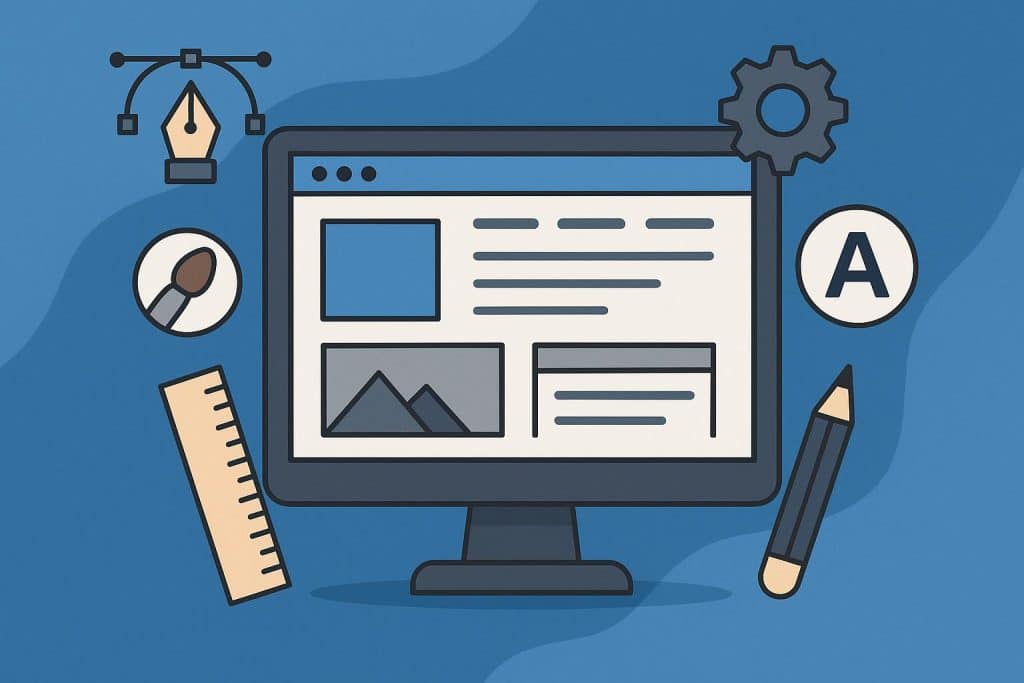The following guide provides essential steps to help you create the optimal website design for your brand. The guide teaches you to enhance website clarity and structure and user flow while helping you prevent common design errors that teams make.
Most people fail to understand that websites do not collapse because of poor visual design but because their user experience requires excessive mental effort. Users tend to leave websites when they encounter confusing layouts and unclear actions and lack of connection between elements.
A few basic design modifications enable you to create a design that provides a simpler and more user-friendly experience. The most significant improvements in design emerge from making minor adjustments rather than making major changes.
The following section presents essential methods which produce the most significant design improvements.
1. Establish One Specific Objective for Each Page
A page should have only one defined objective.
The user path becomes more apparent when you establish a clear goal for each page.
2. Eliminate All Elements That Generate Distractions
Users experience delays when they encounter excessive information.
All non-essential elements which fail to support core content or actions should be eliminated from the page.
3. The navigation system needs to remain basic and easy to predict.
Users should never need to solve puzzles to navigate through the system.
Users gain immediate control through clear labels and logical grouping in the interface.
4. The design needs to enhance reading comfort through proper spacing arrangements.
The design element of good spacing creates an invisible yet effective impact.
Users can easily scan content through proper spacing that creates balanced breathing room.
5. The direction of viewer attention depends on the typographic elements used in design.
The natural flow of eye movement occurs through strong hierarchical organization.
The combination of uniform font sizes with clear headings enables immediate comprehension
6. Select colors which serve a purpose instead of using them as decorative elements.
The design should use color to enhance visibility instead of creating visual overload.
The design should use contrast to enhance readability and maintain accessibility standards (WCAG-compliant).
7. Every page needs to direct users toward a single defined action.
The design of each page should direct users toward performing one specific action.
The buttons need to be easily recognizable while users make their decisions at natural decision points.
8. The addition of small interactive elements helps users understand changes in the interface.
Users can better understand changes through small motion effects.
The design should implement gentle animations which lead users through the process without causing interruptions.
9. Design for Mobile First
Most visitors start on mobile.
The user experience becomes significantly better when designers implement clean layouts and shorter sections and larger touch targets for mobile devices.
10. Test With Real Users and Fix Friction Quickly
User testing doesn’t need to be complicated. Even simple feedback reveals patterns you would never notice alone.
Need Real Inspiration?
If you want more inspiration, there’s a detailed collection of the best website design examples that shows how different brands apply these principles in real projects.
